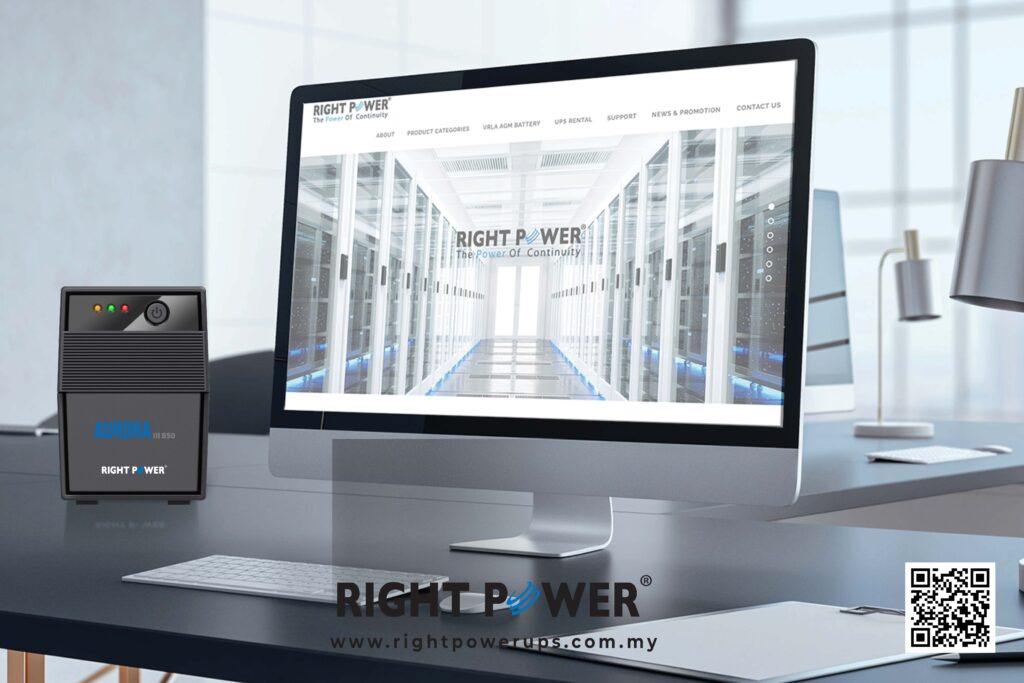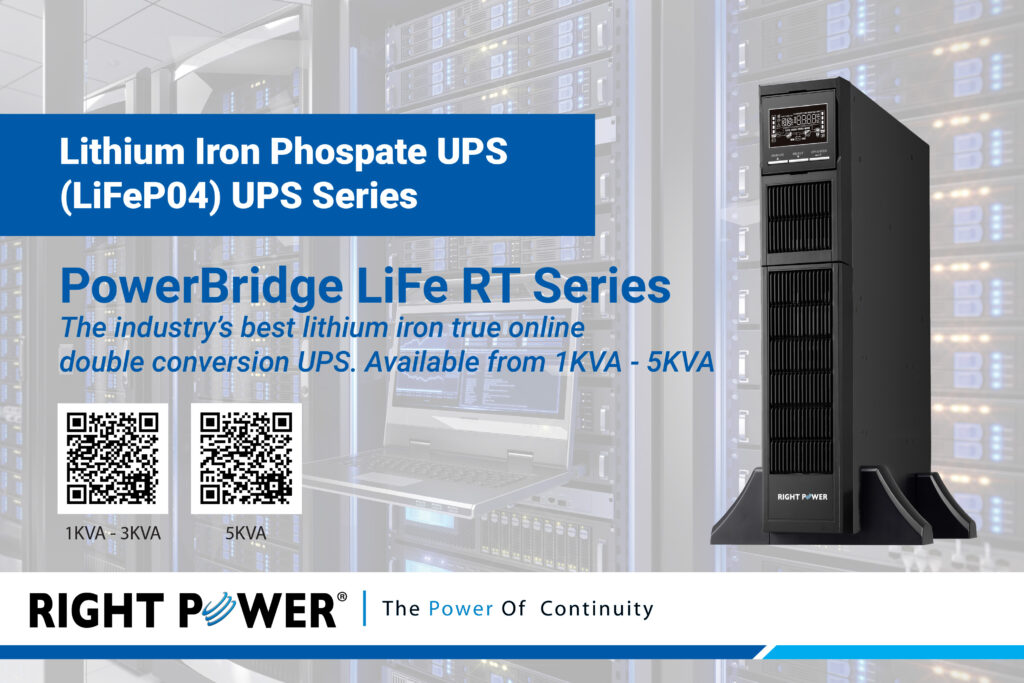
In today’s fast moving digital world, data center are the backbone of almost everything we do online. Whether it’s important documents, supporting cloud services, or powering online businesses, data center must stay cool to keep running efficiently.
Overheating can cause serious problems, from slow performance to complete system failure. That’s why having a reliable data center cooling system is so important.
Right Power Technology really understands well regarding this matter. We offer high quality data center cooling system, including advanced rack cooling units, which are built to handle the growing demands of modern IT environments. With that in mind, let’s explore ten of the latest and most effective innovations in data center cooling system technology.
1. Liquid Cooling
Liquid cooling is one of the biggest trends in data center today. Instead of using only air to cool equipment, this method circulating a liquid (usually water or a special coolant) close to the components.
Because liquids transfer heat better than air, this method can remove more heat in less space. It’s perfect for high density environment where traditional cooling isn’t enough.
There are different types of data center cooling system, including:
- Direct to chip cooling, where cold liquid flows directly to the chip.
- Immersion cooling, where the whole server is placed in a non-conductive cooling liquid.
This method is highly efficient and helps reduce electricity use, making it good for both performance and the environment.
2. Rack Based Cooling Units
Rack cooling for data center cooling system is focusing on removing heat from individual server racks. Instead of cooling the whole room, these unit target hot spots, making them more precise and energy efficient. Right Power Technology offers reliable rack cooling units that are easy to install and suitable for different data center cooling system sizes.
These systems often include fans and liquid based coolers that directly manage the heat from active servers, improving both uptime and hardware lifespan. Rack based cooling also allow better airflow control and more flexible layouts.
3. Hot Aisle/ Cold Aisle Containment
This method involves organising server racks in alternating rows: one facing the cold air intake (cold aisle), and the other facing the hot air exhaust (hot aisle). To improve the effect, data center cooling system now use containment systems that physically separate the two aisles with door or panels.
This separation prevents hot and cold air from mixing, which makes the data center cooling system more efficient. The system allows for better temperature control and less energy usage, as cooling is only directed where it’s needed.
4. Rear Door Heat Exchangers
Rear door heat exchangers are another clever solution for managing heat. These systems attach to the back of server racks and use chilled water to absorb the hot air coming out of the servers. This cooling happens before the air even enters the room, reducing the overall heat load in the data center.
This method works well in high-density setups and is also very quiet, making it suitable for sensitive environments like research labs or offices.
5. Free Cooling (Economisation)
Free cooling takes advantage of the outside air temperature to cool the data center cooling system. When the weather is cool enough, outside air is used instead of relying fully on air conditioning units.
There are two types:
- Air-side economisation: brings cool air directly inside.
- Water-side economisation: uses cool outdoor air to chill water used in the cooling system.
Free cooling can greatly reduce energy costs, especially in cooler climates. However, filters and humidifiers may be needed to keep the air clean and at the right moisture level.
6. AI and Smart Cooling Systems
Artificial Intelligence (AI) is now playing a big role in managing data center cooling system. Smart software can monitor temperature, power use, and airflow in real time. It can then adjust cooling levels automatically based on server workload.
Google has already used AI to reduce their cooling costs by 40%. These smart systems help cut down on wasted energy, reduce environmental impact, and ensure consistent performance.
7. Modular Cooling Solutions
Modular cooling systems are designed to grow with the data center cooling system. These are pre-built units that can be added or removed as needed, making them perfect for businesses that expect to scale up their IT needs over time.
Modular systems can be installed quickly and adjusted based on actual cooling demand. Right Power Technology solutions, including our rack cooling units, are perfect examples of this flexible and forward-thinking approach.
8. In-Row Cooling Systems
In-row cooling systems are placed between server racks, targeting hot spots more effectively than room-based cooling. These systems work by pulling in hot air from the servers, cooling it, and then releasing it directly back to the servers.
This setup shortens the path that air has to travel, which saves energy and improves cooling efficiency. In-row systems are best for high-density environments where space and control are essential.
9. Direct Expansion Cooling Units
Direct Expansion units are a common solution in smaller or edge data center cooling system. These systems work like regular air conditioners, using refrigerants to cool air and remove heat. While not as energy-efficient as liquid cooling or free cooling, Direct Expansion systems are simple to maintain and install.
They’re especially useful in places where space is limited or where budgets are tight but reliability is still key.
10. Environmentally Friendly Coolants and Materials
With growing concern about the environment, more data center cooling system are switching to eco-friendly coolants and materials. Some coolants now have lower Global Warming Potential (GWP), which helps reduce the environmental impact of cooling operations.
Additionally, manufacturers are using recyclable materials in the design of racks and cooling units, supporting long-term sustainability goals.
Why Innovations Matter
Innovations in data center cooling system are not just about saving money, they’re about improving performance, protecting valuable equipment, and reducing carbon emissions. As data usage grows, so does the heat produced by servers. Without the right cooling system in place, a data center can face overheating, downtime, and costly repairs.
That’s why investing in the right cooling system is crucial. From liquid cooling to AI-driven automation, each innovation plays an important role in keeping modern data center running at peak performance.
Choosing the Right System
When selecting a data center cooling system, it’s important to consider:
- The size and layout of your data center
- Current and future heat load
- Energy costs and environmental impact
- Maintenance requirements and support
This is where Right Power Technology comes in. Our range of data center cooling system, including rack cooling units, offer reliable and efficient solutions for all types of data center. Whether you’re running a small server room or a large-scale operation, Right Power Technology products are designed to meet your needs with high performance and simple installation.
Conclusion
As technology evolves, the demands on data center cooling system continue to rise. The only way to meet these demands is through smart, energy-efficient, and reliable cooling solutions. The innovations we’ve covered in this blog show that the world of data center cooling system is moving fast, with new tools and technologies offering better results every year.
Whether it’s AI, free cooling, or rack-based units, the goal is always the same: to keep systems running smoothly, securely, and efficiently.
If you’re looking to upgrade your data center cooling setup, consider partnering with Right Power Technology. Our high-quality data center cooling system, like the advanced rack cooling unit, are built to handle the toughest challenges in modern IT environments.
Find more: Why Your Business Needs a Data Center Cooling System


